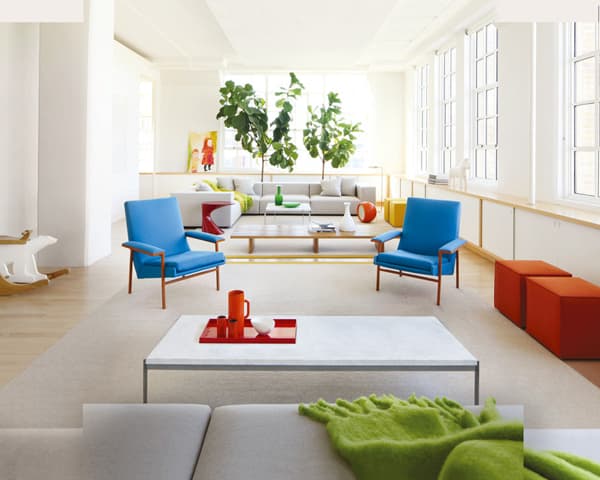
Mid-century Modernism: Mid-century Style - History, Logic, Relevance
from the cycle «Modern Styles»This lecture delves into the origins, distinctive characteristics, and rationale behind the mid-20th-century interior style. It also explores the style's contemporary relevance and highlights brands that offer items in the mid-century style.
If Art Deco can be considered the last great design style of its kind, then what we now refer to as mid-century style was the first purely interior style that emerged in response to societal demands and evolved during a period of significant global changes in the design world.
The matured modernism of the 1950s and 1960s shifted its focus towards meeting the real needs and psychophysical perception of individuals. This approach set it apart from the modernism of the 1920s and 1930s, which emphasized ideas, whether it was functionalism or constructivism. The fusion of national and international influences in the work of brilliant Scandinavian designers led to the development of what is often called “modernism with a human touch.” Its primary aim was to create comfortable and convenient living environments.
The overall trend toward cost-effective solutions and industrial progress significantly transformed the color and texture palette of interiors, replacing expensive hardwoods and non-ferrous metals with plywood and plastics. Vibrantly patterned wallpapers took the place of wall panels and natural stone accents.
Mid-century style was one of the earliest modern interior styles, which is why it remains relevant today. The lecture covers the history, underlying principles, and structure of the style, shedding light on the techniques designers employed to harmonize various style elements. In addition to its historical context, the lecture explores the future of the style, its potential, and showcases brands that offer objects and interior details in the mid-20th-century style and its various offshoots.

